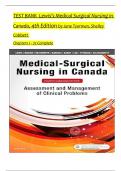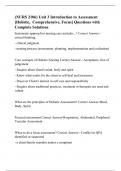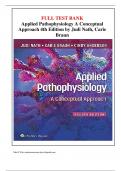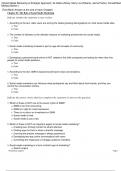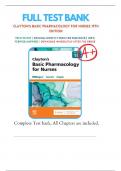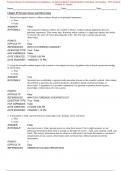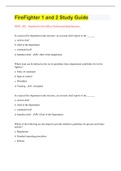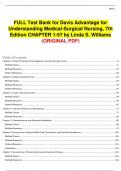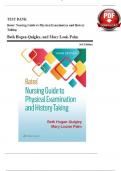Prüfung
TEST BANK For Lewis's Medical Surgical Nursing in Canada, 4th Edition by Jane Tyerman, Shelley Cobbett, Verified Chapters 1 - 72, Complete Newest Version
- Kurs
- Hochschule
TEST BANK For Lewis's Medical Surgical Nursing in Canada, 4th Edition by Jane Tyerman, Shelley Cobbett, Verified Chapters 1 - 72, Complete Newest Version TEST BANK For Lewis's Medical Surgical Nursing in Canada, 4th Edition by Jane Tyerman, Shelley Cobbett, Verified Chapters 1 - 72, Complete Newest...
[ Mehr anzeigen ]
